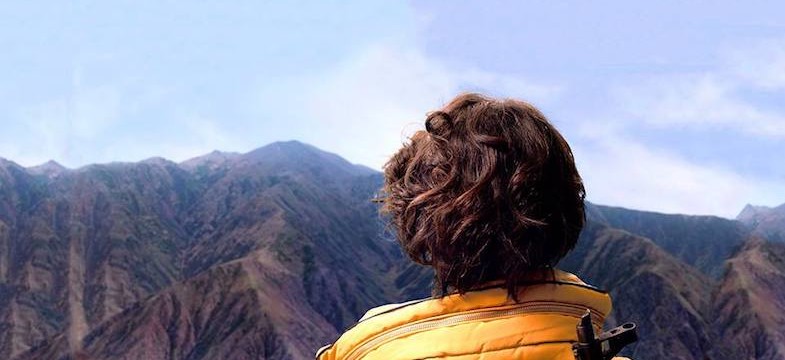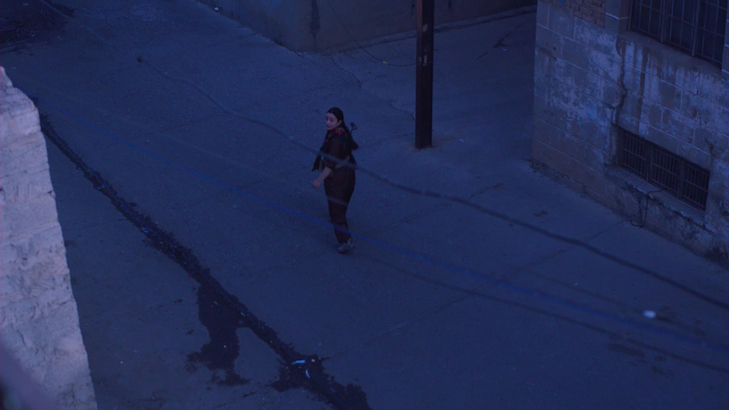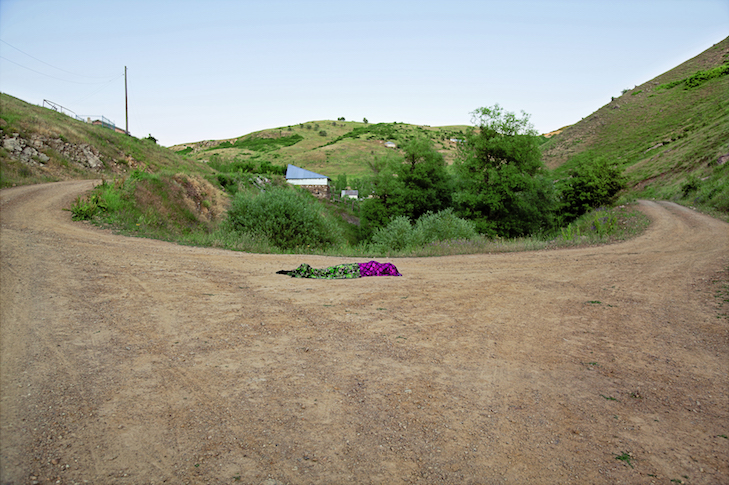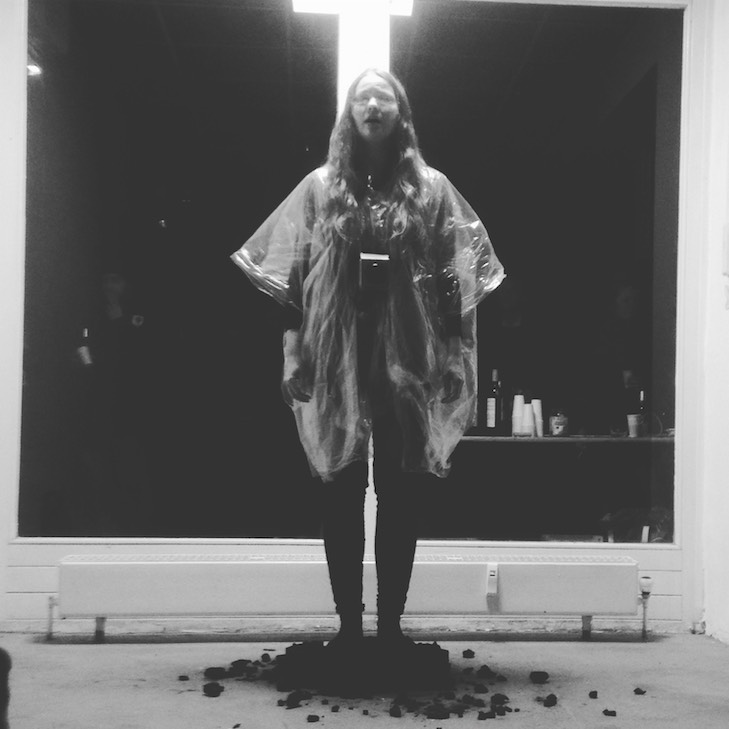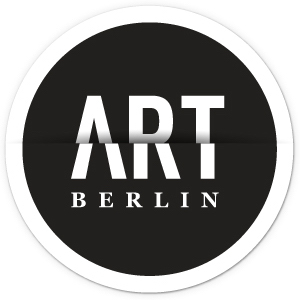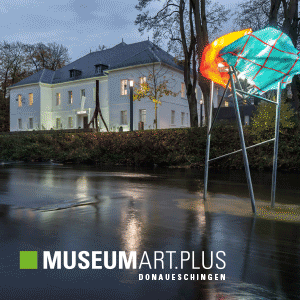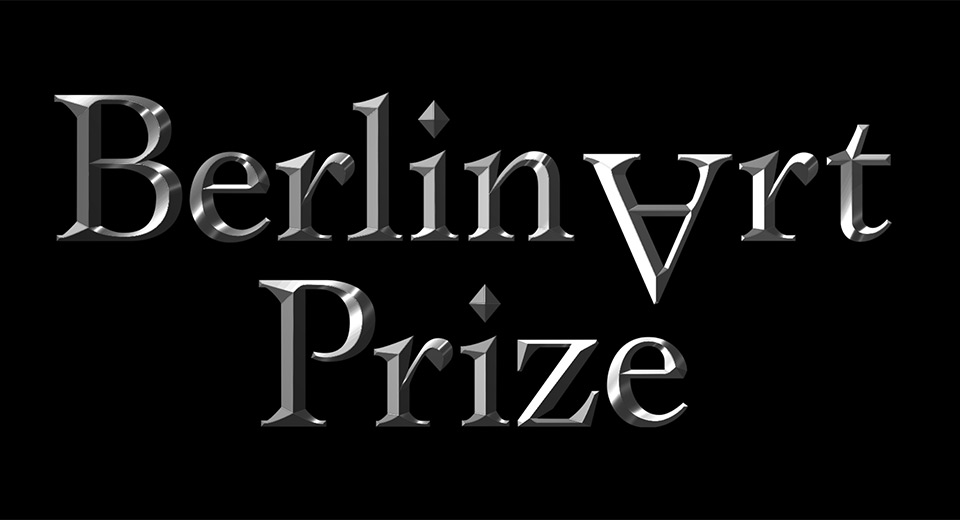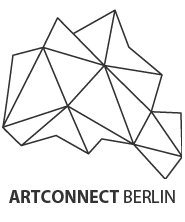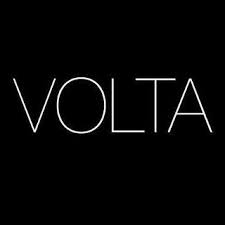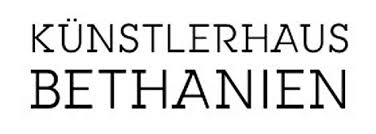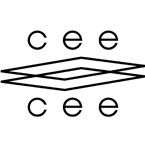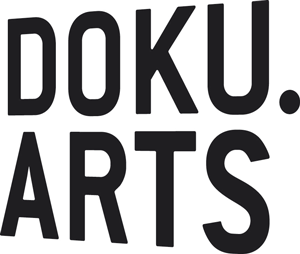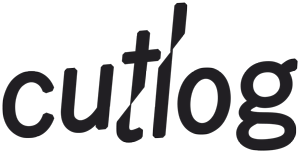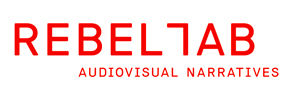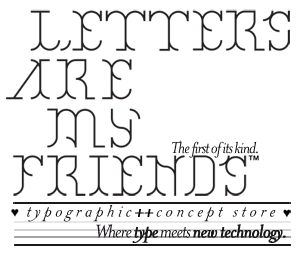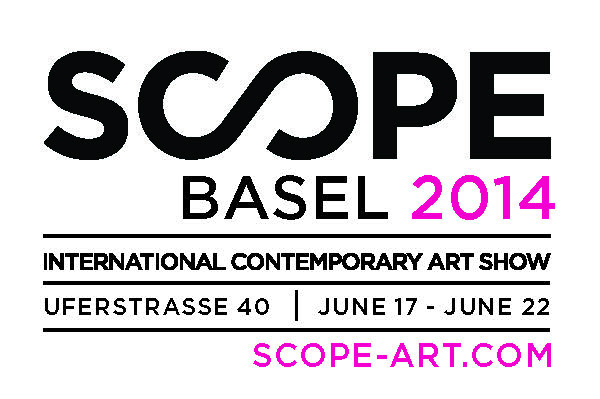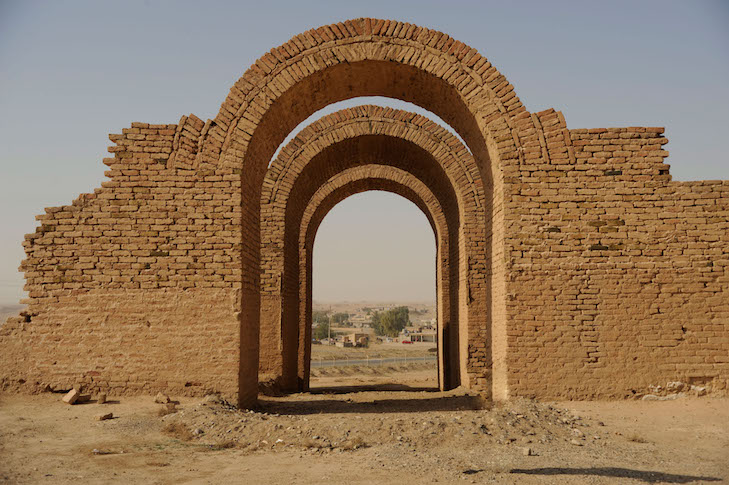
Nadine Hattom, Operation Iraqi Freedom (OIF) – 081121-F-5855M-269 U.S. Army soldiers from 1st Squadron, 3rd Armored Cavalry Regiment provide security for a provincial reconstruction team and representatives of the United Nations Educational Scientific and Cultural Organization as they visit the ancient city of Ashur in Iraq on Nov. 21, 2008. Shura, also known as Qalat Shergat, is one of three areas in Iraq that is a World Heritage site. DoD photo by Staff Sgt. JoAnn S. Makinano, U.S. Air Force. (Released), from Shadows, 2016
Tell us about the exhibition and the cultural theory/perspective!
As westerners (Americans, specifically), we were struck by the way our media insisted on romanticizing the narratives of these women fighting ISIS. We immediately wanted to understand not only more about the fighters themselves, but also about their translation into a cultural symbolic order. The deeper we researched we saw that not only did news articles glamorize the women, but the women were used for consumerism, in advertisements for iPhones or at the H&M clothing store to sell jumpsuits.
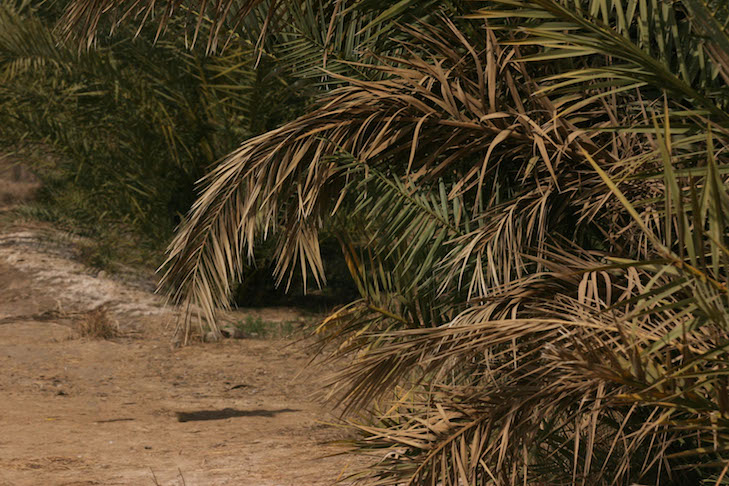
Nadine Hattom, Marines 2nd Battalion, 6th Marine Regiment, Regimental Combat Team 5, step into a palm grove while they patrol the farmlands of Saqlawiyah, Iraq during Operation Jaws V. Marines pushed out into the rural areas to pursue insurgents placing improvised explosive devices and setting up mortar firing positions, from Shadows, 2016.
It is a very sensitive topic „the icon of the covered woman“ opposite of the image of the so-called warrior-divas. We have two extremes which both trigger extreme reactions. What is your approach with this show, can you explain your idea behind it?
Because these icons carry so much weight, we approach them through a respectful mode of questioning. We aren’t here to say these icons are „right“ or „wrong“–only to ask, how and why do they emerge? What is gained or lost when you rely on iconic representations of these women? To that end, the exhibition features work by artists who engage the lived realities and complex identities of these women, opening a dialogue about the political, social, and epistemological stakes of individual and community identity.
Tell us about the exhibition itself; what can the visitor expect?
The exhibition itself is located in an intimate space in the center of the bustling Kotti neighborhood. There are a few short films: Het Front (Frontline), directed by Floris Parlevliet and written by Beri Shalmashi, a scene from Shouted from the Rooftops by Beri Shalmashi, and Kimlik (Identity) by Nilbar Gures, as well as photographic works–on paper, Shadows; and in lightboxes, Maysaa and Fetheya–by Nadine Hattom, a video installation of a performance created specifically for this show, Act of Representation, by Bryndís Björnsdóttir, and a special interactive installation, Dear Reader, by the art collective Greta Rusttt. A visitor can expect to encounter six different zones of experience within the exhibition, embodying diverse perspectives on contemporary Kurdish womanhood reflected through a variety of different media.
Photos courtesy the artists and Gallery Mario Kreuzberg
apexart Berlin at GALLERY Mario Kreuzberg
Un-Working the Icon: Kurdish “Warrior-Divas”
Organized by Shawna Vesco and Anne Wheeler
February 4–March 4, 2017
Tuesday–Saturday, 4pm–7pm or by appointment
https://apexart.org/exhibitions/vesco-wheeler.php

